Full Name Fanny Antwistle | Known for Pre-Raphaelite model | |
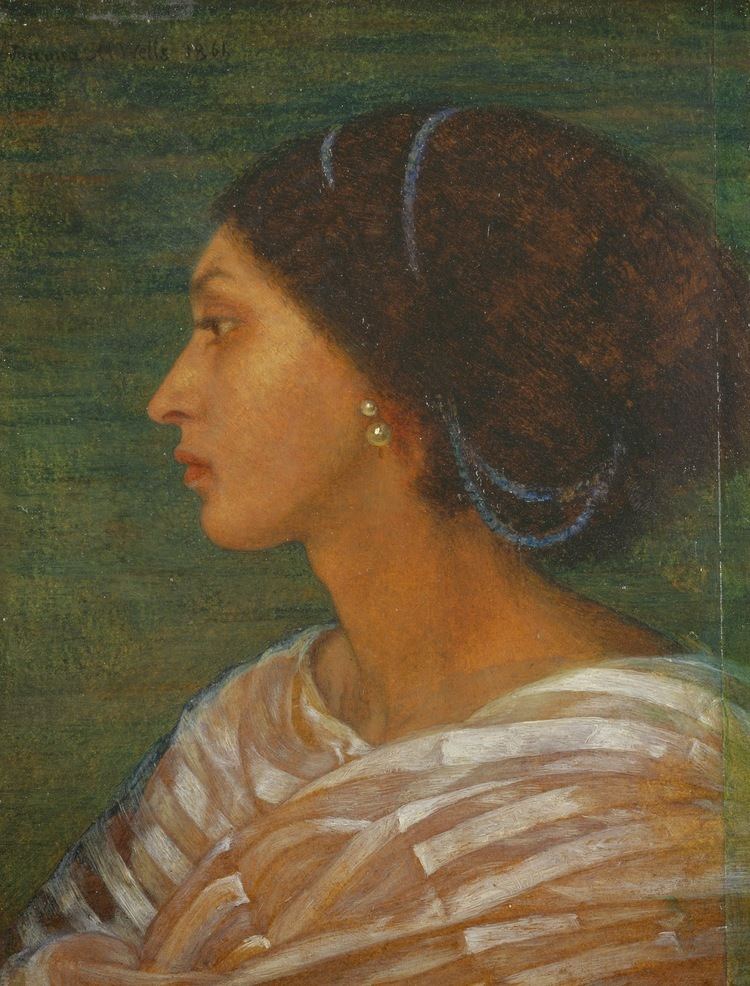 | ||
Died 4 March 1924, London Borough of Hammersmith and Fulham, London, United Kingdom Similar Lilian Bader , Annie Miller , Olive Morris | ||
Fanny Eaton (June 23, 1835 – March 4, 1924) was a Jamaican-born artists model and domestic worker. She is best known for her work as a model for the Pre-Raphaelite Brotherhood and their circle between 1859–67. Her public debut was in Simeon Solomon's The Mother of Moses which was exhibitied at the Royal Academy in 1860. She was also featured in works by William Michael Rossetti, John Everett Millais, Joanna Bryce Wells, Rebecca Solomon, and others.
Contents
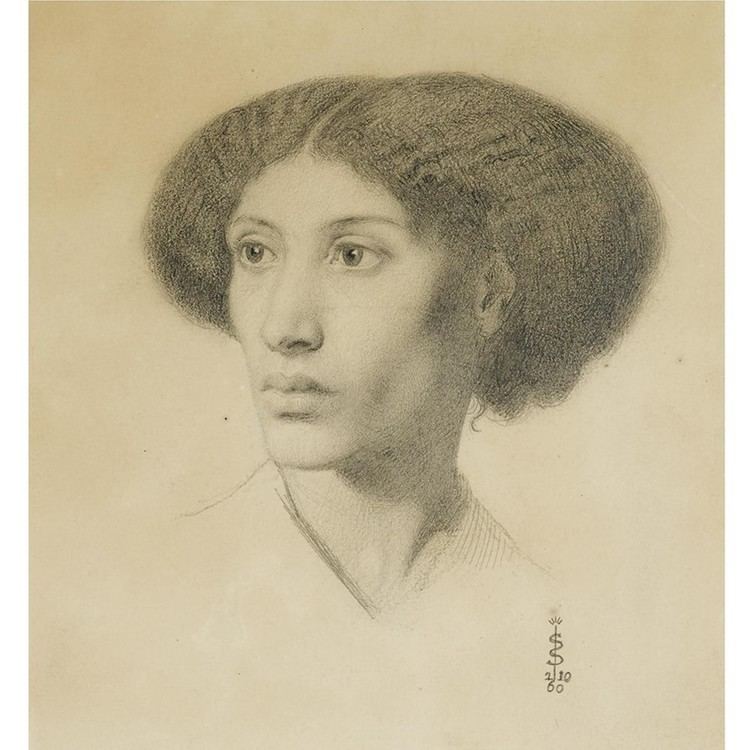
Fanny Eaton
Early life and career

Eaton was born Fanny Antwistle or Entwhistle on 23 June 1835 in St. Andrew, Jamaica. Her mother was Matilda Foster, a woman of African descent, who may have been born into slavery. No father was named on Eaton's birth records suggesting that she may have been illegitimate. Eaton and her mother made their way to England sometime in the 1840s. By 1851 she is recorded as living in London, with her mother, and working as a domestic servant. In 1857 she married James Eaton, a horse cab proprietor and driver, who was born on the 17th February 1838 in Shoreditch. Together they had ten children.
Modeling
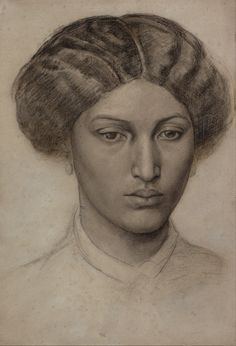
It was during this period of Fanny Eaton's life as mother and new wife that she began modeling for the Pre-Raphaelites. Eaton primarily modeled out of necessity; to augment her salary as a "charwoman" and provide sustenance for her ten children. Her distinctive features were often used by artists to portray a variety of ethnicities and characters. The earliest studies done of Fanny are pencil sketches done by Simeon Solomon in 1859. These sketches were used as preparation for his Mother of Moses, now in the rich collection of the Delaware Art Museum. Two specific sketches from this series, depicted Mrs. Eaton as the two Biblical figures of Jochabed and Miriam. The finished painting was shown at the Royal Academy in 1860. In 1865, she was used by D.G. Rossetti for the figure of the bridesmaid in his The Beloved (Tate). Jephthah seems to be the last painting featuring Eaton.
Impact
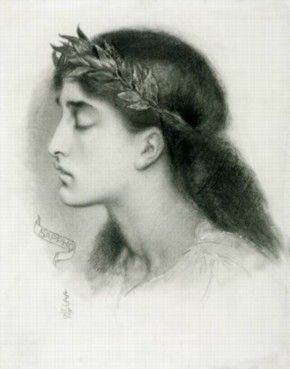
Despite Eaton's modeling career for the Pre-Raphaelites seems to have been short, her impact has been undeniably intense. This impact is evident enough from the large body of work she features in. In a letter to Ford Madox Brown, D.G. Rossetti praises Mrs. Eaton for her incomparable beauty and "very fine head", not an insignificant feat considering the era most infamous for its rigid beauty standards and intense racial prejudices. Born into British colonies and daughter of a former slave, Fanny Eaton visual presence in artwork represented a social group outside of the traditional Victorian parameters. Eaton's presence in paintings and Pre-Raphaelite art focused attention onto the "Other" in Victorian society, challenging societal expectations of black women. Victorian art typically portrayed people of color as decorative figures and were rarely seen as models of idealize beauty.
Death
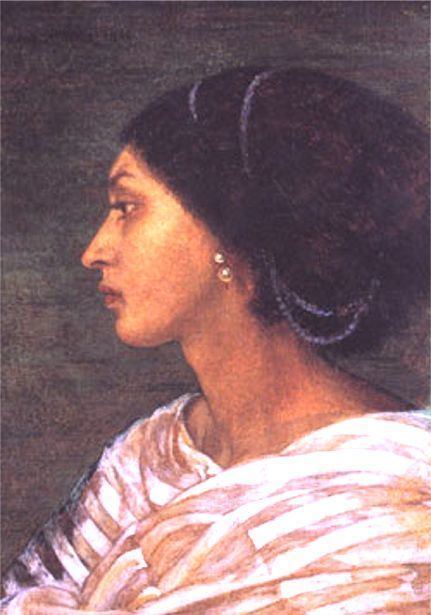
By 1881 Eaton had been widowed and worked as a seamstress. In the final years of her life, Eaton worked as a domestic cook on the Isle of Wight for a Hammersmith-based wine merchant and his wife John and Fanny Hall. By the 1911, however, Fanny is said to reside with family, this time in Hammersmith Fulham with her daughter Julia, son-in-law Thomas Powell and grandchildren Baden and Connie Powell. After a long life as a working-class émigré, Fanny Antwisle Eaton died on March 4, 1924 at the age of eighty-nine from senility and syncope in Acton.
